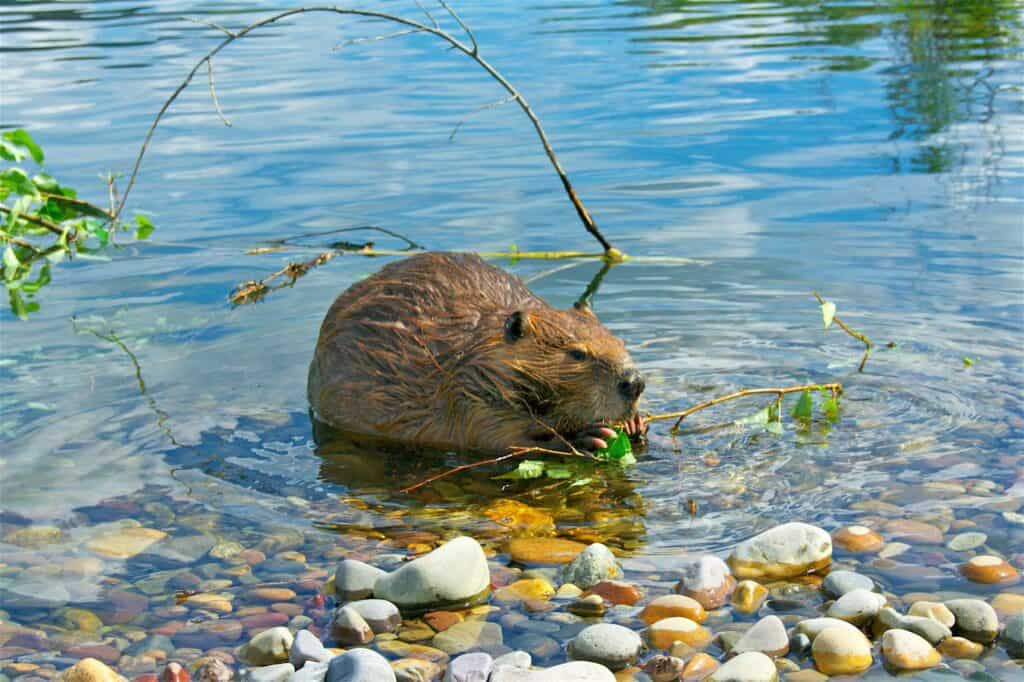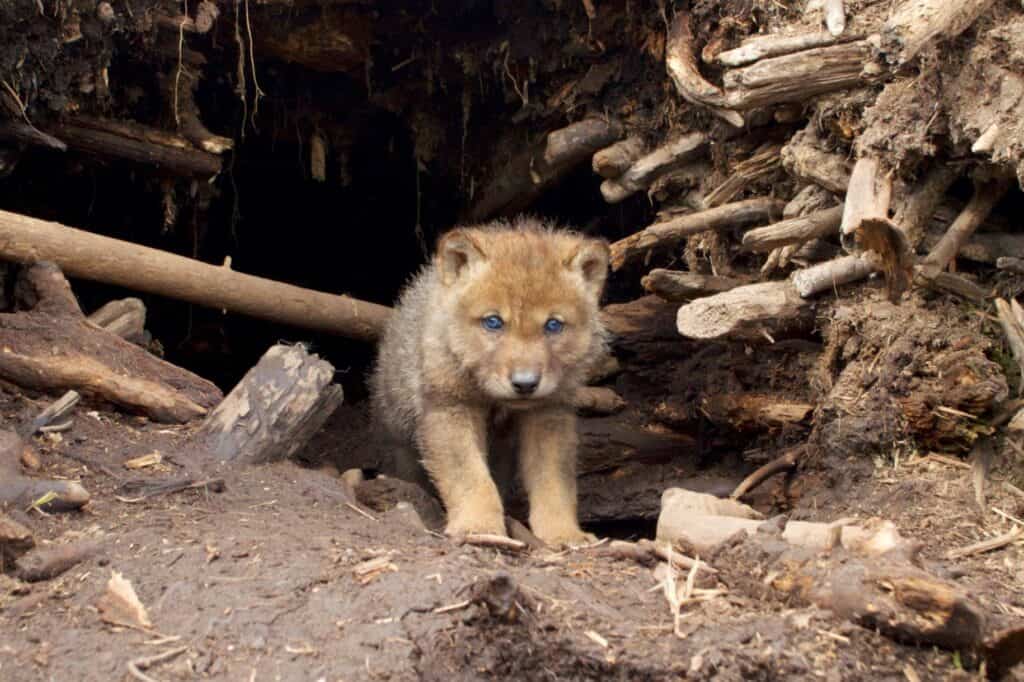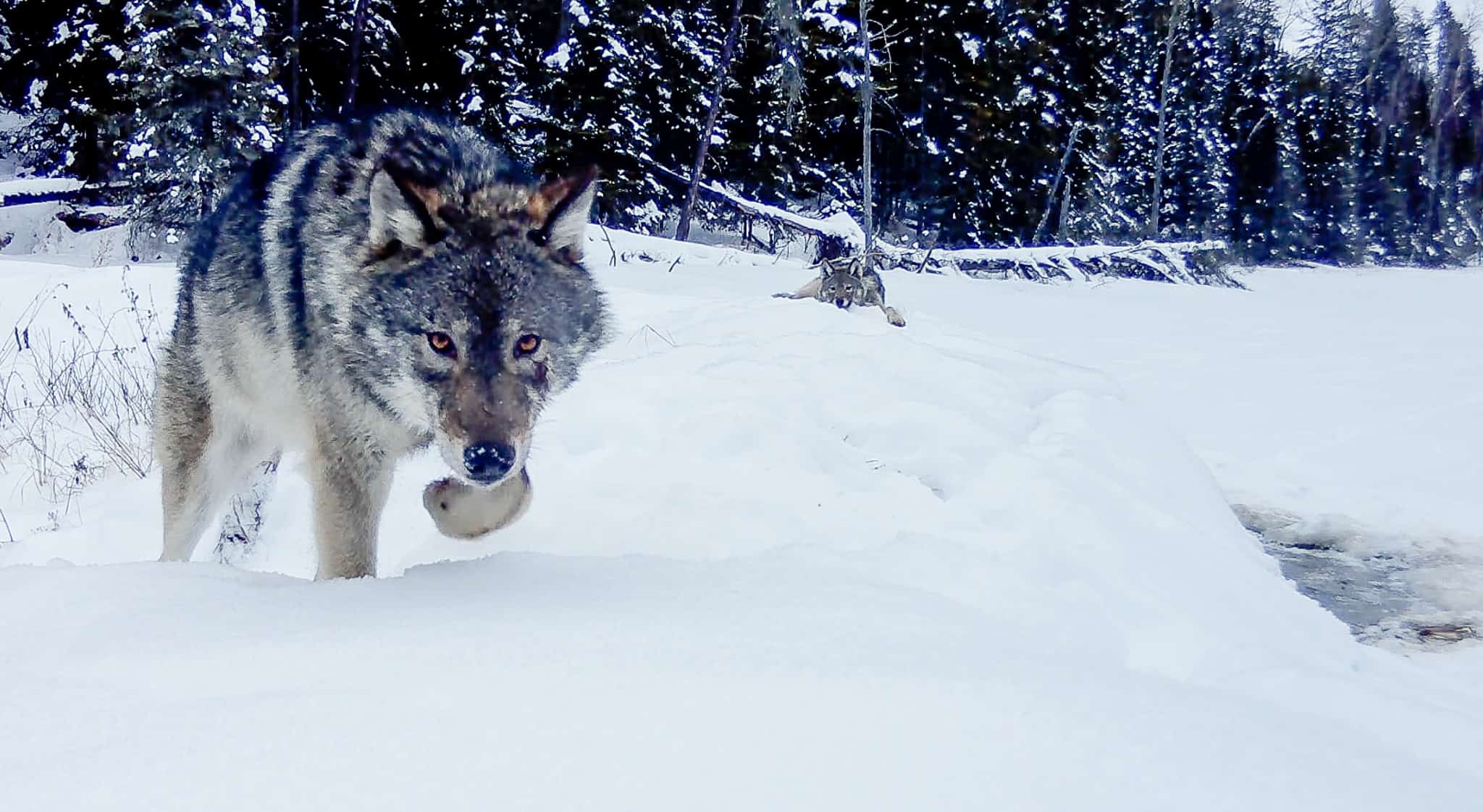Share this article
Wildlife Featured in this article
- Gray wolves
- Beavers
Wolf predation on beavers can alters ecosystems
By preying on far-traveling beavers, wolves can reshape forests near beaver ponds
When wolves prey on beavers in and around Voyageurs National Park, cascading effects ripple throughout the whole ecosystem.
Researchers have been documenting wolves going after the aquatic rodents, but they didn’t know much about some of the dynamics—factors that could have implications for the environment, since beavers are ecosystem engineers.
“We’ve been really trying to understand beaver interactions on a more broad scale,” said Thomas Gable, project lead of the Voyageurs Wolf Project. “And then, how do those interactions influence larger ecological processes?”

Gable led a study published in Proceedings of the Royal Society B, in which he and his colleagues took data on gray wolf (Canis lupus) predation on beavers (Castor canadensis) in the Greater Voyageurs Ecosystem. They wanted to understand where predation was happening and if they could uncover any patterns, including if wolves were preventing beavers from altering forests by cutting down trees.
The researchers used GPS collars to track wolves between 2015 and 2022, zeroing in on the months between April and October to identify predation events when beavers would be active. For the beaver part of the study, Gable and his colleagues used remote cameras to determine where beavers went to find food and how far they traveled.

The team found that wolves generally kill beavers when the rodents travel greater distances from their ponds to forage. Gable believes this is an evolutionary pressure that leads to more beavers foraging closer to home to avoid being killed by wolves. “Wolves are disproportionately killing the beavers that forage farther from water. In other words, the beavers that make riskier decisions when foraging,” he said.
This could result in changes to the forest. Beavers using shorter foraging trails to avoid wolf predation are likely to cut down certain tree species that have the most food for them, including aspens, willows, maples and birch, leaving their ponds ringed by evergreens like balsam, spruce and pine, “We suspect the size of the ring of conifers ends up being determined in part due to wolf predation because wolves appear to be preventing beavers from going farther inland,” Gable said.
“Wolves are connected to some of these forest-level processes through their predation behavior,” Gable said. “That’s an important thing when trying to understand how ecosystems work.”
Header Image: Wolves in the Greater Voyageurs Ecosystem prey on beavers. Credit: Thomas Gable








